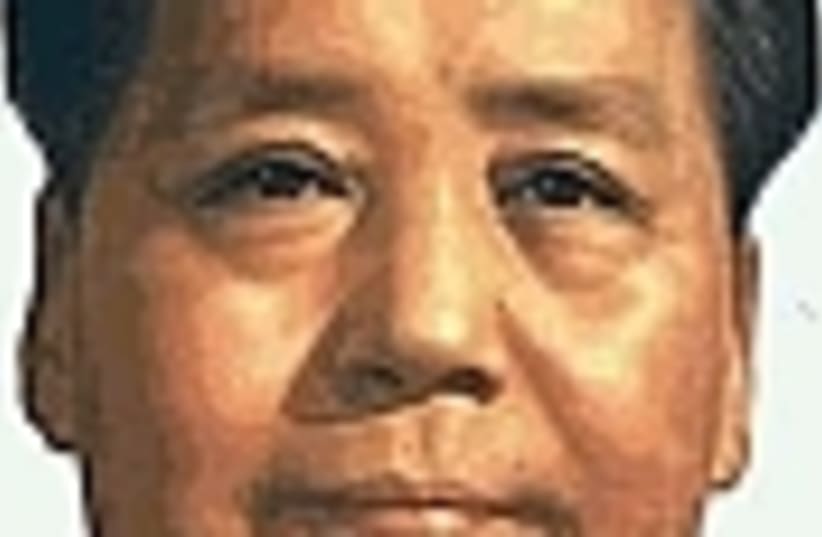| More about: | Mao Zedong, Chinese Soviet Republic, Japan, Norway |
Global Agenda: The great leap forward
This curious "event" also highlights how problematic economic statistics have become.


| More about: | Mao Zedong, Chinese Soviet Republic, Japan, Norway |